New York is home to many fascinating Revolutionary War battlefields, and one of the most unique, in my opinion, is the Stony Point Battlefield State Historic Site along the Hudson River.
The Stony Point Battlefield preserves the site of the Battle of Stony Point, which occurred on July 16, 1779. It was one of the last Revolutionary War battles in the northeastern United States.
Because of its geography overlooking the Hudson River and a ferry crossing just below it, this was a strategic spot along the river only about 35 miles north of New York City. It had been controlled by the Americans, but the British overran the small group of artisans building the fort here in May 1779, as well as those at Fort Lafayette on the opposite bank of the river.
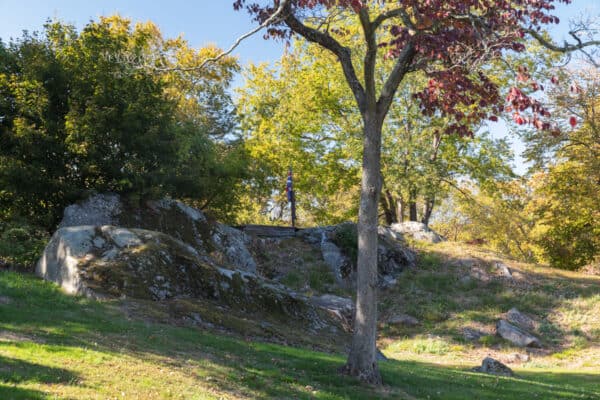
After marching from West Point on July 15, a group of approximately 1,500 American soldiers led by General Anthony Wayne attacked the fortifications from three sides on the night of July 16. They quickly took back Stony Point with minimal difficulty.
On July 17, General George Washington visited the fort. Ultimately, Washington decided to abandon Stony Point on July 18. The British would briefly reoccupy the site but would leave for good in October of 1779.
Today, visitors can stroll the grounds of the battlefield to learn more about this unique piece of American history. It’s also possible to visit the Stony Point Lighthouse, which is the oldest lighthouse still standing on the Hudson River.
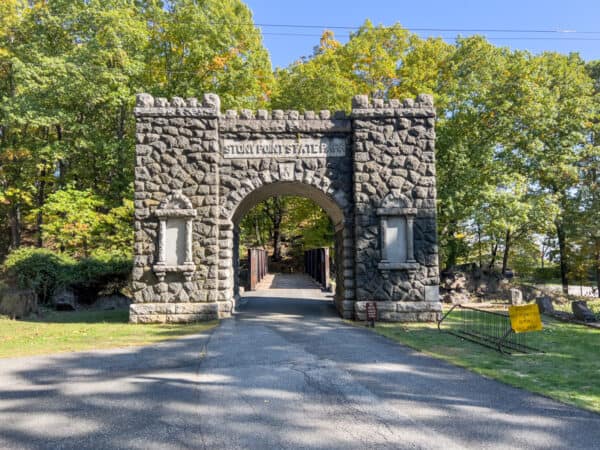
Entrance to the site is via a wooded road off Route 202 just north of the town of Stony Point in Rockland County, New York. A large stone entrance gate welcomes you to this historic site.
The first stop for any visit to the Stony Point Battlefield should be the small museum located near the handicapped parking area (Non-handicapped visitors will have to walk about 300 yards uphill from a parking area at the base of the hill to visit the site).
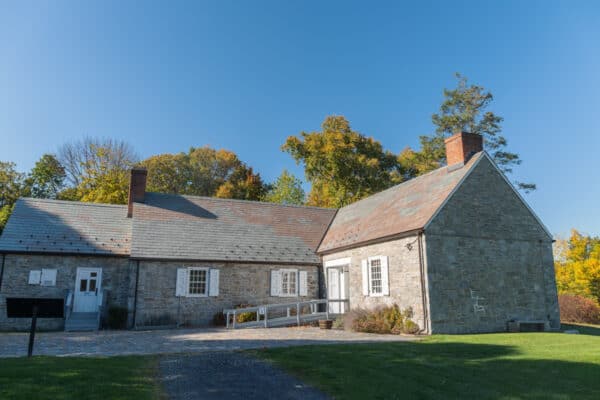
The museum, which like the rest of the site is free to visit, offers a fantastic look at the battle and stories of those that fought here.
My favorite part was the battlefield relief map, which the costumed docent did an excellent job of explaining. This gave me a great frame of reference for my walk around the battlefield once I left the museum.
There are a lot of other really interesting things to see in the museum including signage that explains the battle (in case you don’t get an explanation from the docent), dozens of items recovered from the site in archeological digs, and even three pieces of British artillery that were actually captured during the battle.
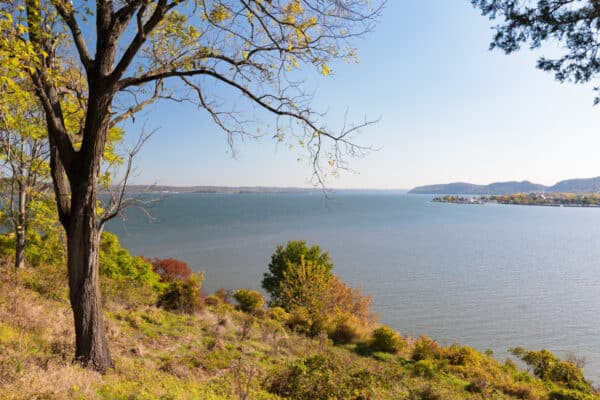
If you are looking for more artifacts from this site, some of the items from this battlefield were also taken to West Point after the battle was over and are now on display at the West Point Museum.
The museum also has a room dedicated to the history of the lighthouse that’s now located atop Stony Point. This includes information on its history, those that lived and worked at the site, as well as overviews of how lighthouses work and the others that were located along the Hudson River.
It’s worth noting that, unfortunately, no photos are allowed inside the museum, so that’s why I don’t have any to share with you here.
Outside of the museum, you may notice an encampment. This is a living history area that is occupied on some weekends during the warmer months of the year.
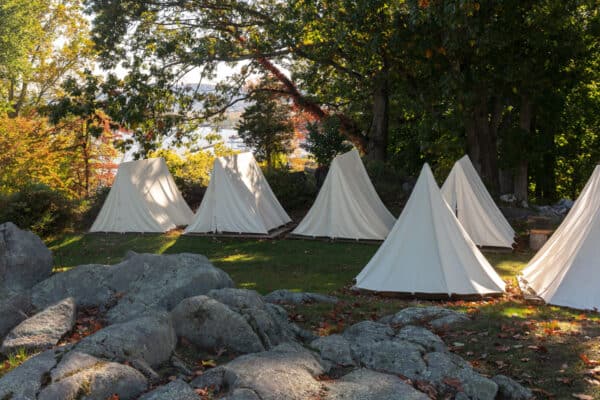
Unfortunately, it wasn’t in use during my visit, but I’d love to revisit to check this part of the site out. Check their Facebook page for specific events here.
The walk around the battlefield is on a paved path that should be relatively easy for most visitors and is about a third of a mile in length. Walking this trail in a counterclockwise direction follows the order of the signs and also allows for a less steep uphill area.
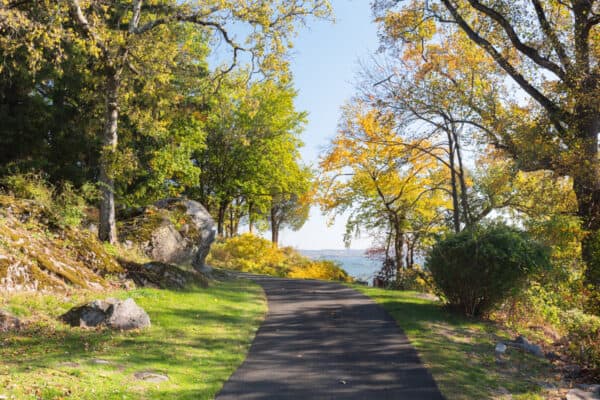
While there isn’t really much left to see of the fortifications that once stood here, there are signs throughout the area that explain the various aspects of the battle that happened around the point. There are also fantastic views over the Hudson River far below, though they would have been even better in 1779 when the hillside was devoid of any vegetation.
At the end of the point, you’ll see the Stony Point Lighthouse.
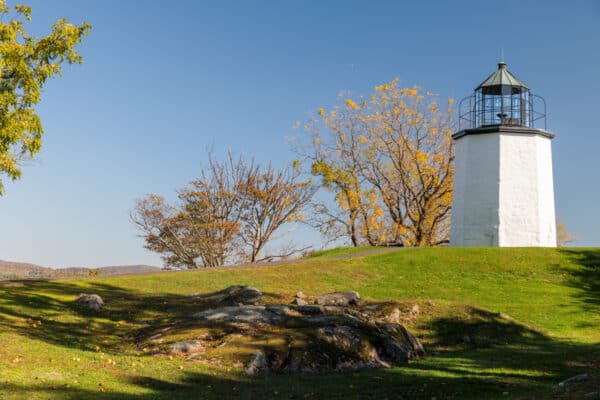
This lighthouse was built in 1826 and remained operational until 1925. Now on the National Historic Register, it was rehabilitated and has been relit since 1995 (though it no longer serves any navigational functions).
This short lighthouse is interesting to see up close, even though you can no longer climb it. Still, the views from this spot are impressive. I even saw a bald eagle flying off of the point during my visit.
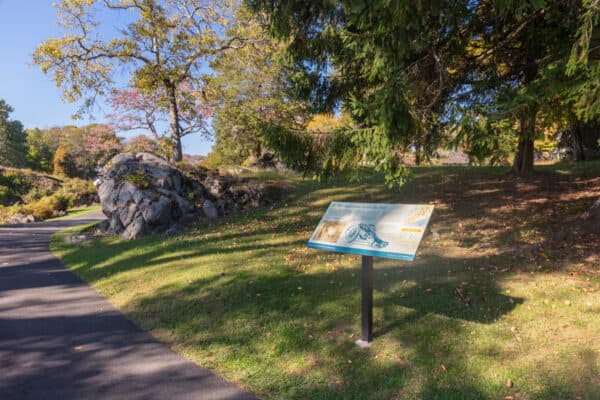
Once you’ve enjoyed this spot, continue following the trail as it loops back towards the museum, making sure to take a moment and read the signs along the way.
Overall, I found my visit to the Stony Point Battlefield State Historic Site to be very interesting. While it’s far from the most pivotal battle to have occurred in New York during the Revolutionary War, it’s still an interesting spot to learn about a little-known battle from American history and there is a lot of natural beauty to be found here.
Looking for more places to visit nearby? Check out Fort Montgomery, Minisink Battleground Park, Little Stony Point, and the West Point Foundry Preserve.

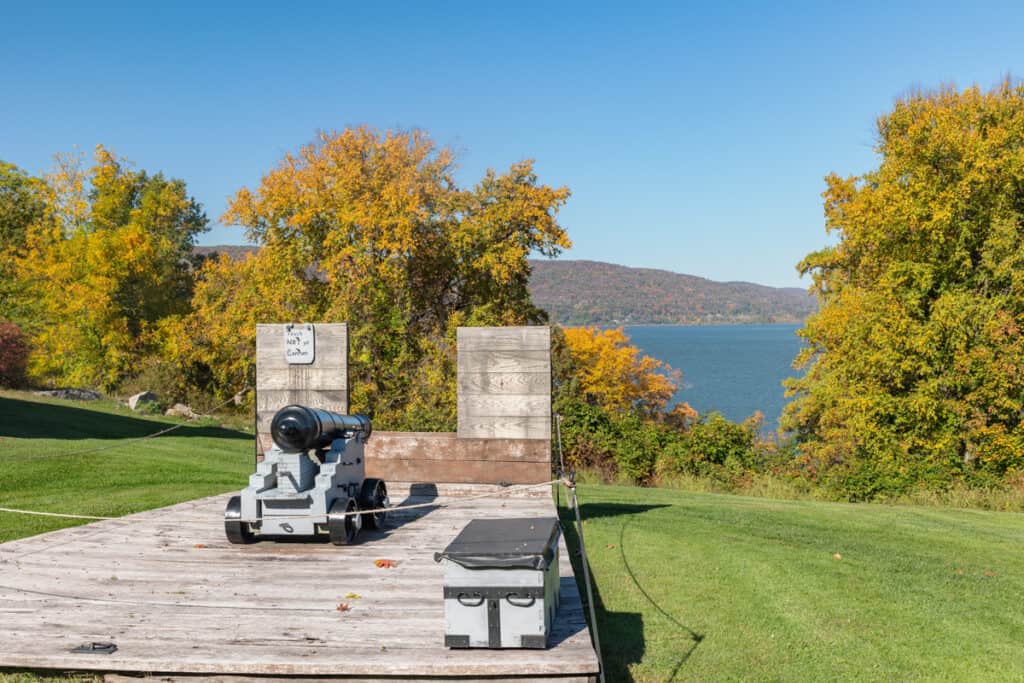


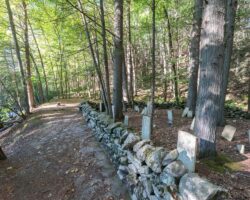




Hey Jim! I just want to say thanks for your site, Uncovering New York. I grew up on Long Island,NY. I now live in Lancaster,Pa. I still visit Long Island from time to time for I still have family there. But I also enjoy visiting other parts of New York. Your site is very informative and useful. I have discovered places I have not been to before thank to you! Thank-you!
You’re very welcome. Happy travels!